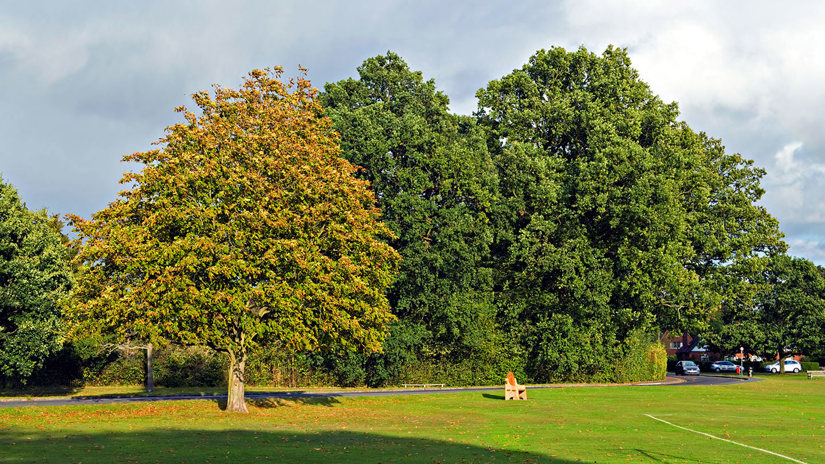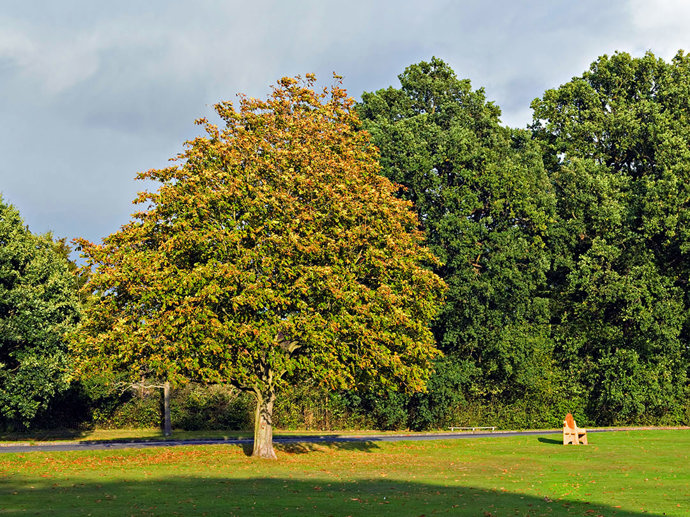Common name: none
Scientific name: Phytophthora austrocedri (previously Phytophthora austrocedrae)
What does it affect?: juniper
Areas affected so far: over 100 infected sites so far
Origin: unknown
Phytophthora austrocedri is a pathogen that infects and kills native juniper trees. Junipers are one of our rarest native trees and an attack from this fungi-like species is a devastating blow to some of the UK’s populations.
Common name: none
Scientific name: Phytophthora austrocedri (previously Phytophthora austrocedrae)
What does it affect?: juniper
Areas affected so far: over 100 infected sites so far
Origin: unknown
Symptoms include:
Phytophthora is a genus of fungus-like soil and water-borne organisms that cause some of the worst plant health issues across the world. For example, the potato famine in 19th Century Ireland was caused by a species of Phytophthora.
P. austrocedri infects and damages the roots of trees so the plant can no longer take up water. It causes the tree to die.

Credit: Forest Research
Once the roots have become infected, the main visible symptom is the browning of foliage and dieback of the crown of the tree. There may also be lesions on the stem or on individual branches.
These lesions are not visible unless the bark is removed. They may be 50cm long and are tongue or flame-shaped, and a cinnamon-brown colour. The inner bark may turn from a healthy creamy-white to yellow. The lesions sometimes also have pockets of resin.
P. austrocedri infects trees at over 100 sites in northern England and Scotland. Juniper already has a limited distribution in the UK; the strongholds are in northern England (eg. the Lake District) and Scotland. Unfortunately, this disease can now be found in all these areas.
We don’t know where it originated from but P. austrocedri was first described as a new species in 2007 in Patagonia, Argentina. It was then realised that this same species of Phytophthora was also in the UK and responsible for the decline of juniper at a site in Teesdale, County Durham.
This pathogen was later discovered in lots of juniper populations in the UK, so it is likely that the disease has been here for some time, perhaps over 30 years.
P. austrocedri can kill a juniper tree in as little as one or two years, but it depends on environmental conditions and the health of the tree.
There are already only around 400 hectares of juniper woodland in Britain, mostly in Scotland. It supports a specialised group of insects, fungi and lichens, as well as birds such as goldcrest, and provides winter cover for black grouse. The loss of juniper will impact all of these species.
Sadly, there is no natural resistance, but hopefully some junipers on drier sites might survive.
To combat pests and diseases like Phytophthora austrocedri we have:


We are fighting back against pests and diseases. Find out what we're doing to prevent the spread and protect the UK’s trees.
Biosecurity is very important with this type of pathogen. It is present in soil therefore it can be spread around and between sites on footwear, tyres and machinery - particularly in wet conditions because it needs water to survive. To avoid any spread, make sure to wash down your shoes and tyres of any vehicles after visiting an infected site.
More pests and diseases: